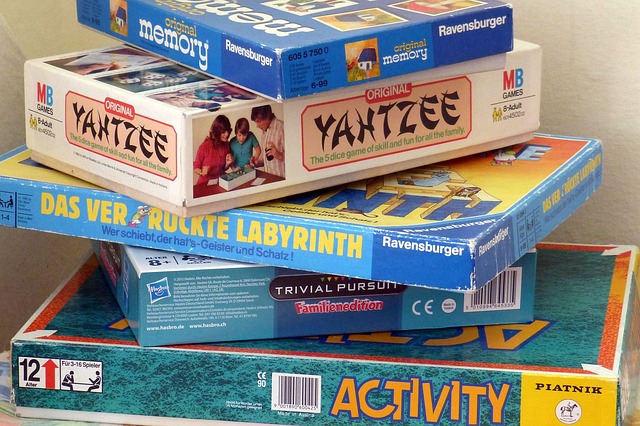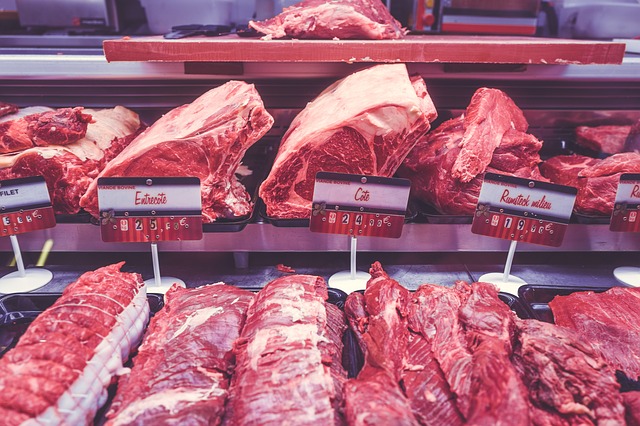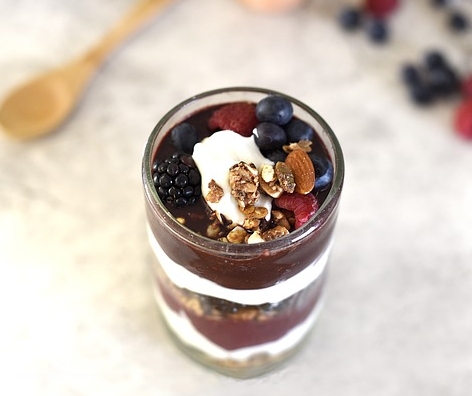Preparing for the Holidays and Addressing Loneliness
/In December of past years, I usually write about how to prepare for the holidays. I share strategies for managing the holiday season so that you enter January feeling prepared for the new year rather than exhausted from too much food and alcohol, and too little sleep. This year, I am going to refer you to past blogs, and the Holiday Anxiety eBook Natasha and I wrote a few years ago.
This holiday season I want to focus on creating a plan to address our loneliness or help people who are lonely.
Mostly, I write about protecting our power supply through what we eat, how we move our bodies, and getting enough sleep. I leave the “relationship” part of the diamond to the therapists, mentors and coaches. Not that I think that relationships are unimportant – in fact they are essential. I just focus on taking care of the body, brain and mind because they’re under represented.
But I also think that loneliness – especially around the holidays – is a relationship concept also under-discussed, or we think of it as part of depression. Dr. Vivek Murthy, who served as the 19th Surgeon General of the United States from December 15, 2014 to April 21, 2017, has been on a mission to bring this topic out into the open. Below are links to an article and podcast that I think are worth reviewing. Dr, Murthy is very articulate on how the increase in loneliness in recent years is predictive of poor physical and mental health and contributes to the breakdown of communities.
What I appreciate about Dr. Murthy’s discussion are his suggestions on how to address it. Primarily: find connection, protect family or personal time, and be curious about the wholeness of other people.
I have gone through periods of my life where I was desperately lonely, and other periods where I was alone but not lonely. Some of my loneliest times were when I had connections to lots of people, but no meaningful connections. One of those lonely times was when I was in medical school. Part of why I could not feel the connection that were available is because I was physically exhausted; I was disconnected from family and friends, and all curiosity was consumed by taking in information. However, I did try to address my loneliness before it spiraled into some other problems.
Now, as an naturopathic doctor, if you are experiencing loneliness I would ask you to look at and clarify the causes, and encourage you to address them.
In my office one of the most common causes is fatigue. People are just too exhausted to tolerate deeper connections (relationships) due to physical health problems. One way to honor this truth, and still look for connections, might be find “lighter” connections by being in a community without expectations of the types of interactions that wear you out. Ideas for this include going to a coffee shop, sitting in the back of a church to listen to the music, going to an Al-Anon group, a Meetup group, or sitting in a library. What I have found is in the long term, time with screens fills time but doesn’t fill the heart or the need for in-person connection.
Many people also find ways to connect in the form of service. When we help others, we often help ourselves. Volunteering at a food bank in your community, at your library, helping kids with homework, or at a retirement center talking with the elderly, are some ideas.
Another approach is to create an event for connection. At one of my loneliest times, I said after an Aikido class “Hey, I am going to the Thai restaurant for dinner, anyone want to come?” The first night 5 people joined me and over time, Thai food became a Thursday ritual. During those shared meals, I met people who became lifelong friends.
Be curious about people. It’s easy to think that other people have perfect lives and somehow aren’t as lonely as we are – but they too might appreciate connecting. This must be true of all the people who talk through an entire plane flight. I was a student at a school in the south for dyslexic medical students; it was a relief to share my dyslexic story with others. One of my fellow students was African American and I asked her “Is it different being in the south as an African American?” She answered, “Yes, it is.” From that simple question, we became walking buddies. I think she got some relief from her loneliness of being the only person of color in school, and for me – our conversations allowed me to explore what it meant to not meet the hyper-feminine expectations of the south.
My last suggestion comes from Brene Brown’s Braving the Wilderness. Dr. Brown says that for us to have connection, we have to show people who we truly are. When we are accepted for who we are, for the similarities as well as the differences, then we can be our authentic selves and relax into that connection.
In summary, Dr. Murthy is right in his assertion that loneliness is detrimental to our health and the importance of addressing it. So: make a plan. Dare to be uncomfortable. Be willing to protect what is important to you. Start by finding the smallest of connections. Use the internet for find resources and education, such as listening to Dr. Murthy and reading Dr. Brown’s books.
I hope you have a good holidays,
Kristen
The Ezra Klein Show with Dr. Vivek Murthy “The Loneliness Epidemic”
Forbes by Dan Schawbe “How to Solve the Work Loneliness Epidemic”
Ted Talk by Guy Winch “Emotional First Aid for Loneliness”




































